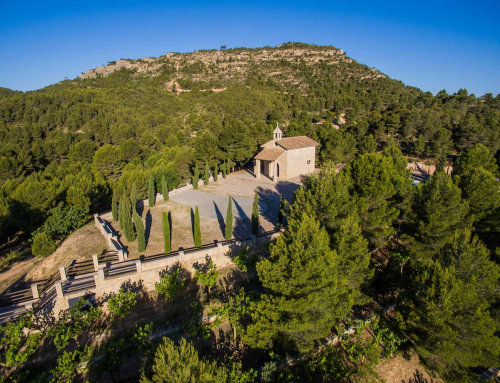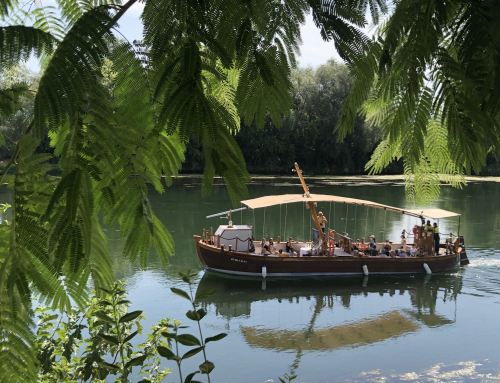The old town of Ascó is rich in historical heritage and its old Morisco quarter is one of the most representative of the Catalan Ebro. The following itinerary will allow you to discover some of Ascó’s treasures by foot.
The main square (plaça de l’Església) is the starting point of this itinerary. From here you will dive into discovering the most traditional part of Ascó through its narrow streets, squares and alleys. Head towards Major Street and after a few meters you will find Ca Estisora. This house, located in a corner, is considered to be the entrance to what was once the fortified part of the village and is believed to have been the watchtower of the Morisco quarter in the past. In the attic of this house, the local historian Carmel Biarnés found several old pages written in Arabic that would correspond to a Koran.
If you continue walking along the same street, you will soon find on the left the Baijunga Street and a small passagewayat its end. This street can give you an idea of how the difference in height between the streets was bridged in the past. In some cases like this one, the passage has remained free and accessible to everyone, while in other cases they have been privatized, becoming shared alleys between a few neighbors.
You will find later on the old market’s square, where the Municipal School of Music stands. This space was previously occupied by the town hall. When renovating the building, the keystone of the door was preserved and the date 1610 can still be read nowadays, which corresponds to the year that Moriscos were expelled from Spain. It seems that this place was important during theMorisco period, as this is where the university was located and where all the decisions were made (like today’s city councils).
Before continuing the tour, you can take the stairs down and visit another interesting construction. You will see two large vaults that support the market square above. Inside, several silos used during the Morisco period to store cereals are exposed.
But these are not the only signs of the Morisco past in Ascó! While walking through the narrow and winding streets of the old town, it is worth looking carefully to identify other elements of the Morisco period,such as the round-arched entrance halls of the houses, the blue lintels of some windows to chase away evil spirits, or the passageways, like the Santo Domingo one that you will find on your right.
You will surely want to take a short break in the square Plaça Nova while contemplating the extraordinary view from the Balcó de l’Ebre (Ebro balcony). It is the perfect spot to admire the beauty of the river, the fields of almond trees and the villages of Vinebre and Torre de l’Espanyol. Observing the landscape will help you understand the strategic and privileged position of Ascó throughout history.
Following the itinerary, you will reach the Pla de Vallxiqué. It is worth coming here to see the odd Sequerets Street, one of the most beautiful streets in the village that zigzags between houses. Apparently, this area of the town is where the fruits were dried, hence the name (sequers in Catalan).
Retrace your steps and take La Mola Street, undoubtedly one of the most typical streets of Ascó, where time seems to stand still. The street is full of houses with the typical horseshoe arch doors. If you continue along the street, you will head back to Plaça Nova. At this point, you can return to the main square where you started off the itinerary or go down Riu Street, to continue discovering beautiful corners and particular elements of the village.
The Tourist Office often organizes guided tours around the old town of Ascó. You can request more information by phone +34 977 40 65 83 or by email at turisme@asco.cat.








